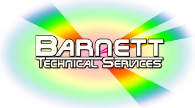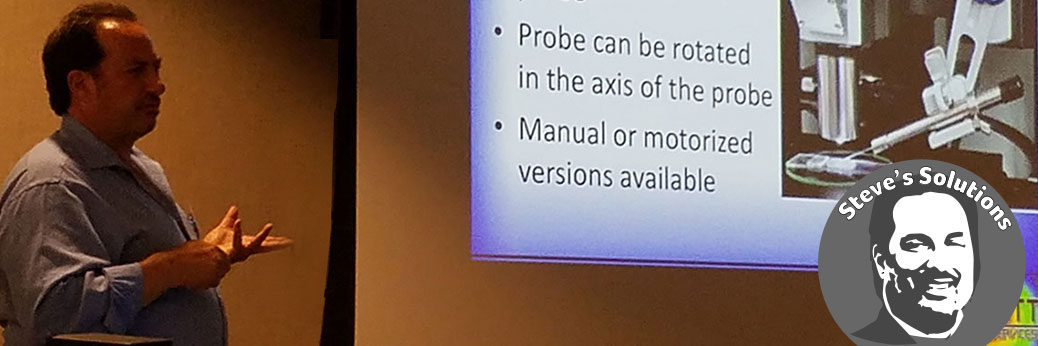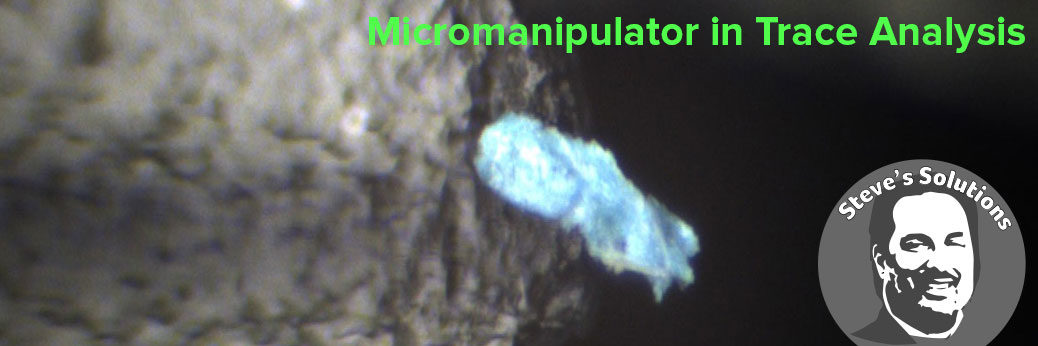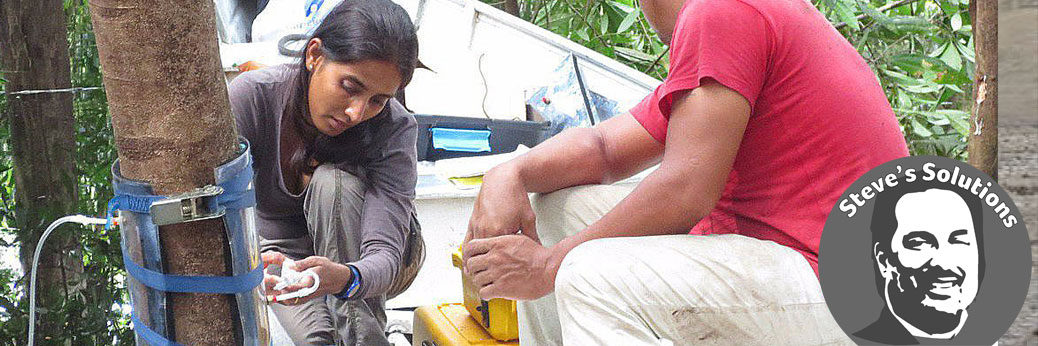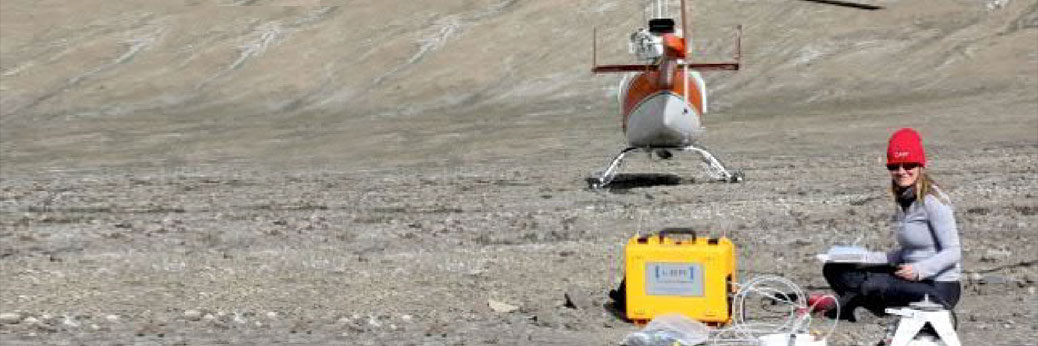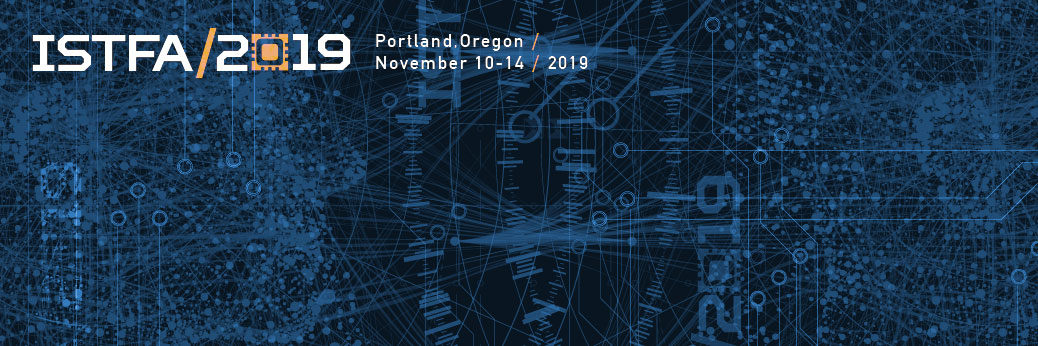We are very excited to be attending Microscopy & Microanalysis 2020 meeting in Milwaukee WI, August 2-6, 20209. Come visit us at booth #2026 and see some of the following products.
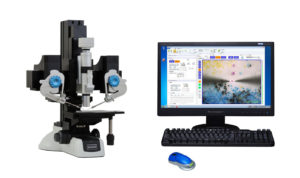
Micro Support Micromanipulators
Manipulation of small materials.Probes available for a wide range of sample manipulations, including:
- Isolating particles
- Cutting
- Milling off a surface
- Nanoliquid deposition
- Vacuum for material removal
Arms also be added to FTIR or Raman Microscopes.
Nanoro Super-Resolution Microscopes
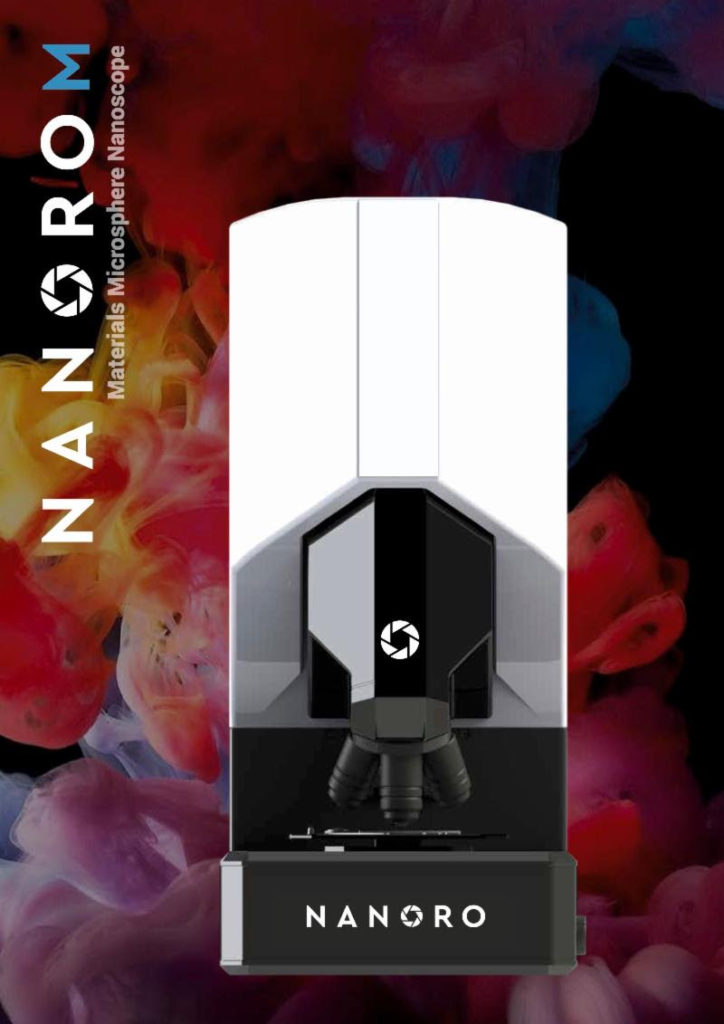
Bench top microscope with imaging capabilities down to 50 microns! Provides color imaging without the need for vacuum or other special sample handling.
Attolight

Attolight manufactures the leading cathodoluminescence (CL) microscopes and accessories on the market. These systems have been used for a range of applications, including:
- Defect Visualization and Counting in Optoelectronic Materials
- GaN for Power Electronics
- Photovoltaic Materials
- Defects in Thin Film Battery Materials
- Semiconducting Diamond
Ostec Corporate Group
Ostec Corporate group is an engineering company that provides complex engineering and consulting services in the field of electronics to improve the efficiency of enterprises and the competitiveness of their products.
- Raman Confocal Microscopes
- Vibration Control Tables
About Microscopy & Microanalysis
The largest microscopy/microanalysis instrument exhibition in the world. Plan to visit the more than 100 companies displaying their latest technology and services. The social activities of the opening reception, and daily “happy hours” accompanying each day’s poster and awards sessions, have become “can’t-miss” events of learning and fellowship
Visit the M&M site
